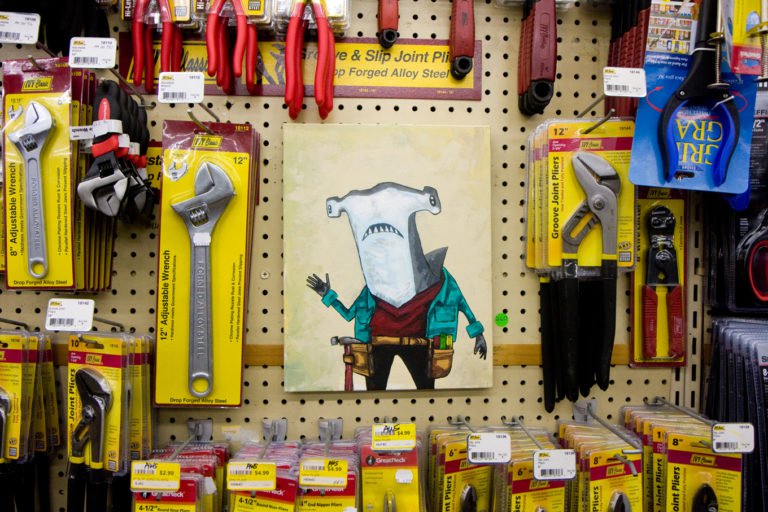The history and future of the hardware store

Like a lot of small-scale local retail, independent hardware stores have taken a hit from the encroachment of big box stores. But their numbers remain steady, and the stores that remain are doing quite well. That’s no accident, writes Shannon Mattern in a wise, well-observed article at Places that doubles as a history of the American general store.
Why should we care about the survival of these quotidian spaces, with their ten-cent goods, at a time of crisis when many American cities lack affordable housing and clean water? I’d argue that the hardware store is more than a “common ground.” It’s a place of exchange based on values that are evidently in short supply among our political and corporate leaders: competence, intention, utility, care, repair, and maintenance. In an era of black-boxed neural nets and disposable gadgets, hardware stores promote a material consciousness and a mechanical sensibility. They encourage civic forms of accreditation, resistant to metrics and algorithms. At some neighborhood stores, you can stop in for a couple of screws and be waved off from paying at the register.
Mattern, whose family owned a hardware store in Pennsylvania, writes about the effect the hardware store’s worldview had on her as she worked there growing up:
Everything had its place. Wires and cables, pipes and elbows, hinges, washers, nuts, and springs; screws slotted, Phillips, hex, and torx; roofing nails and framing nails and finishing nails. People, too, had their stations: mostly women at the cash registers up front, all men at the back service counter and in the yard. To me the store’s order seemed sublime: magical and scary, and always tempered by a persistent layer of dust.
Yet growing up in that environment impressed upon me that pretty much everything can be made and fixed by regular people. It helped me appreciate how the world hangs together — how a building stands up, how electricity gets to the outlet, how water gets in the kitchen sink and out of a flooded basement. Triangle offered an elegant geometry. You could buy frames and fasteners for fixing material things, and you could access a social infrastructure that gave shape to the community. The world was built from the stuff on its shelves.
All this makes me wonder — what epistemology (or epistemologies) do the common commercial spaces of the 21st century represent? What’s been gained, and what’s been lost? What’s been transformed so subtly we can barely even see it?
(Via Maryn McKenna)





Stay Connected